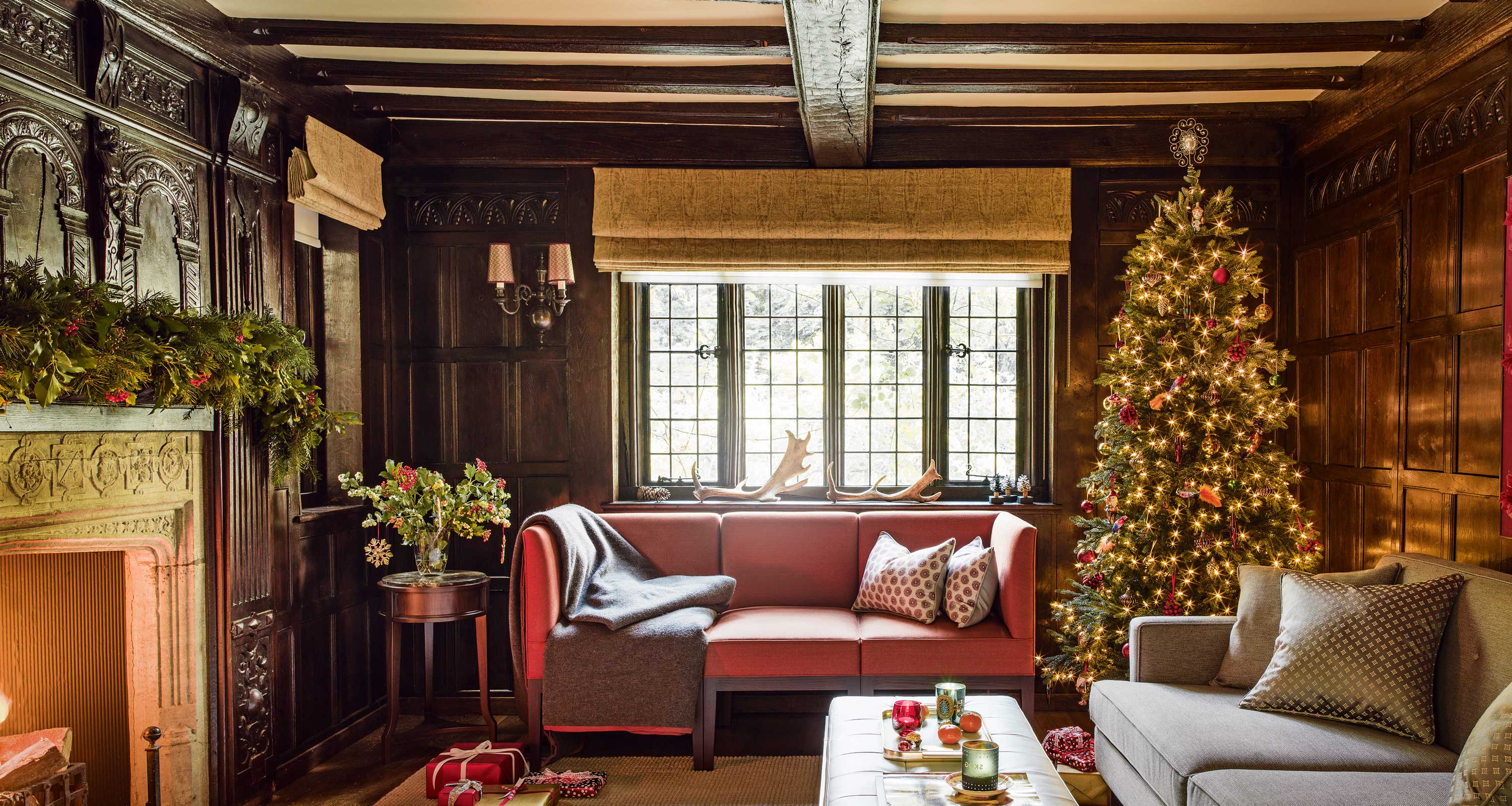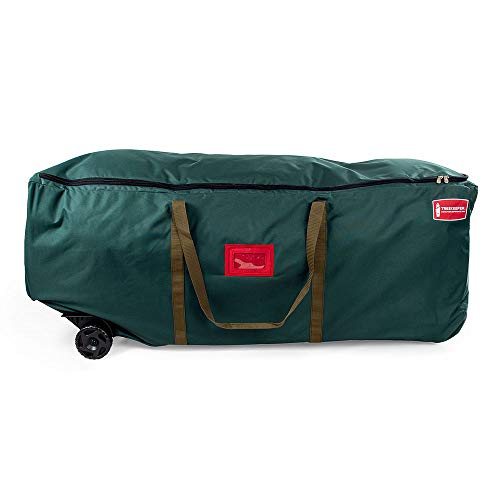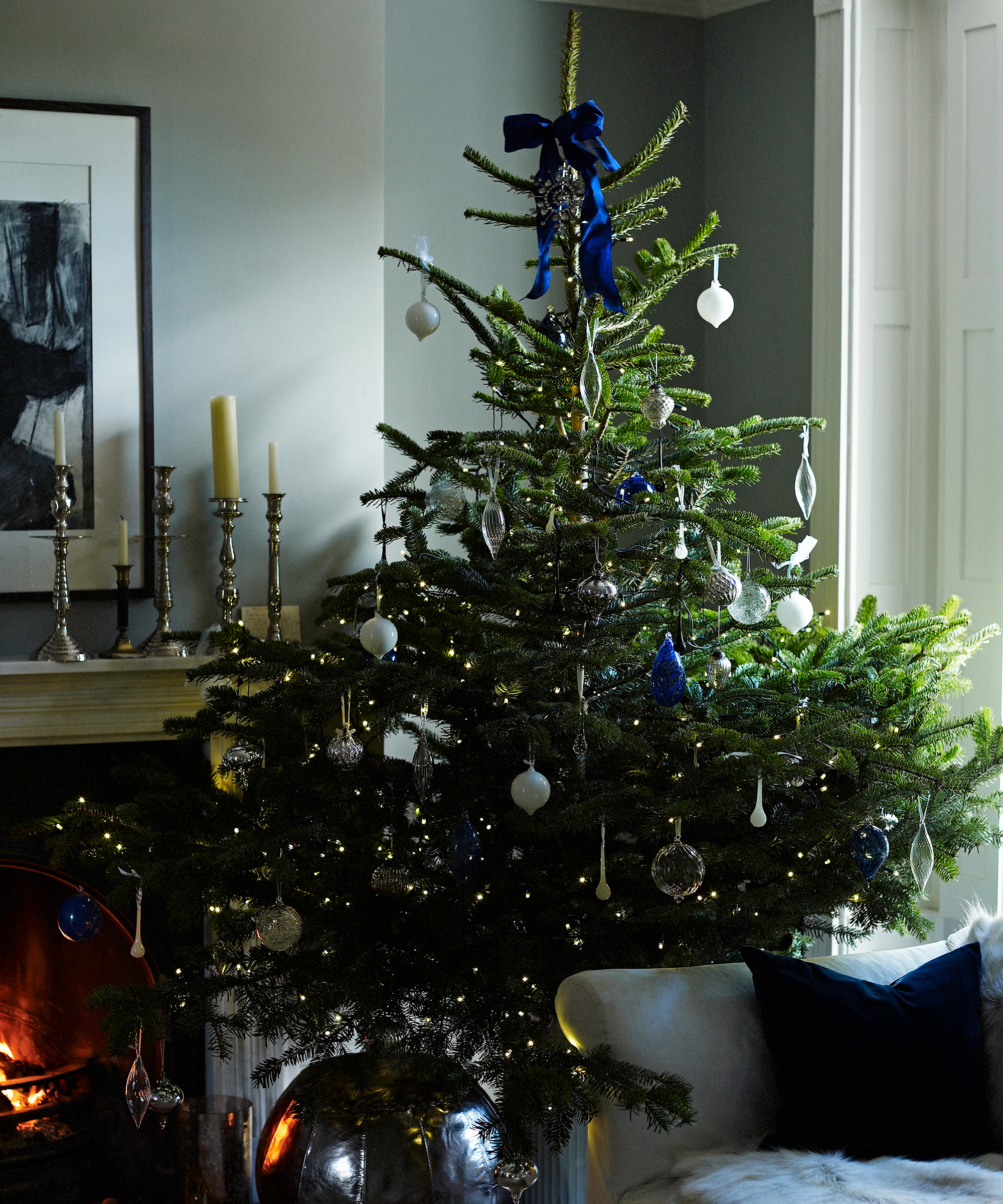When should you take down your Christmas tree?
While not a set in stone rule, there is actually a day dedicated to taking down your Christmas tree each year


There's so much joy in decorating your Christmas tree at the start of December but taking it down can feel like a chore, even if you are ready for your home to feel fresh for the new year. Often, people look to do this on the 1st of January so you still have your decorations up for any New Year's Eve parties, but when should you really take your Christmas tree down? And how late is too late to leave your decor in place?
Whether you subscribe to Christmas traditions or not, it turns out there is one date in January, also called Twelfth Night, that is the sweet spot for returning your home to normal after the holiday.
This, if you're a stickler for tradition, is when you should be taking your Christmas tree decorations down, although there are really no hard or fast rules.
When should you take your Christmas tree down?

‘Whether you put your Christmas tree up on the first day of December, or waited for the week before Christmas, tradition dictates that Christmas trees should come down on January 6th, otherwise known as Twelfth Night,’ says Jennifer Ebert, Homes & Gardens' Digital Editor.
Twelfth Night is a Christian festival that marks the night the three kings brought gifts to the baby Jesus. Also called Epiphany, the day is often referred to as the last day of the Christmas festivities and, therefore, the last day to have your decorations on display. Leaving decorations up longer than this, or taking them down before is often considered bad luck for the New Year.
‘Of course, if you are big into Christmas it is fine to leave your Christmas tree up as long as you like,’ Jennifer says, ‘But it is sometimes nice to refresh your home to prepare for the New Year.’
Cleaning an artificial Christmas tree before putting it in storage is a good idea to prolong its lifespan.
Design expertise in your inbox – from inspiring decorating ideas and beautiful celebrity homes to practical gardening advice and shopping round-ups.

This tough tree storage bag comes with wheels to make moving decorations around less hard work next year.

A sturdy, transparent storage bin helps you to see exactly which decorations you're dealing with in a glance, making decorating quick and easy. Just be sure to line with bubble wrap or use tissue paper to provide some cushioning for your ornaments.

Ideal if you are short on space, you can use these boxes to store your Christmas tree decorations under your bed.
When to take down a real Christmas tree

Modern-day celebrations have changed quite a bit since current traditions were first set in stone, meaning there is, of course, some leeway. Most notably, a real Christmas tree should always be taken down before it becomes too big a fire hazard regardless of what day it is.
‘Cut Christmas trees quickly dry out and become flammable the longer they are left indoors,’ says Homes & Gardens' Head of Gardens, Rachel Bull. ‘Even if you have been watering a Christmas tree throughout the season, dried pine needles and sap from old trees are one of the leading causes of household fires in the holiday season.'
‘Even something as simple as a single malfunctioning tree light can be enough to send your previously perfect tree into a fall of flames,’ she warns.
How to dispose of a real Christmas tree

As hard as you might try to keep a Christmas tree alive, all cut trees die eventually and it is important to know how to get rid of them properly.
‘Once you have removed all of your decorations, arrange for your tree to be collected by local waste services,' Rachel suggests. ‘Many sanitation services will class trees as household waste and collect them curbside for free, although it is best to check beforehand in case there are any specific requirements.’
‘If you have the ability to, whether by renting or buying a wood chipper, a Christmas tree can be shredded to be made into mulch for your garden,’ she adds. ‘Simply shred the tree and store it in a dry, cool place for a year before spreading it around your yard.’
You should never burn your tree to dispose of it, Rachel warns. ‘Christmas trees contain pine resin and sap which are highly flammable,’ she says, ‘and while this may make it easy to discard in your backyard, they can release toxic fumes, or get out of control and pose a hazard to your home and surrounding greenery.’
Is it bad luck to take down a Christmas tree early or late?
In folklore, it is considered bad luck to take Christmas decorations down a day before or a day later than Twelfth Night. The tradition goes so far as to state that any Christmas decorations left up after the Twelfth Night should be left in place for the year to come bringing further bad luck to the house across the New Year.
How long is it acceptable to leave a Christmas tree up?

While you can technically leave your tree up as long as you like, real Christmas trees should be taken down after around five or six weeks as they dry up and become more of a fire hazard. Fake trees can, of course, stay up as long as you like – or until your friends begin to judge you, that is.
There's no official date you have to take your Christmas tree down on, but traditionally many people choose to follow tradition and pack it away on the Twelfth Night, the last day of Christmas festivities. But of course, do whatever works for you and your family.

Chiana has been at Homes & Gardens for two years and is our resident 'queen' of non-toxic living. She spends most of her time producing content for the Solved section of the website, helping readers get the most out of their homes through clever decluttering, cleaning, and tidying tips. She was named one of Fixr's top home improvement journalists in 2024.